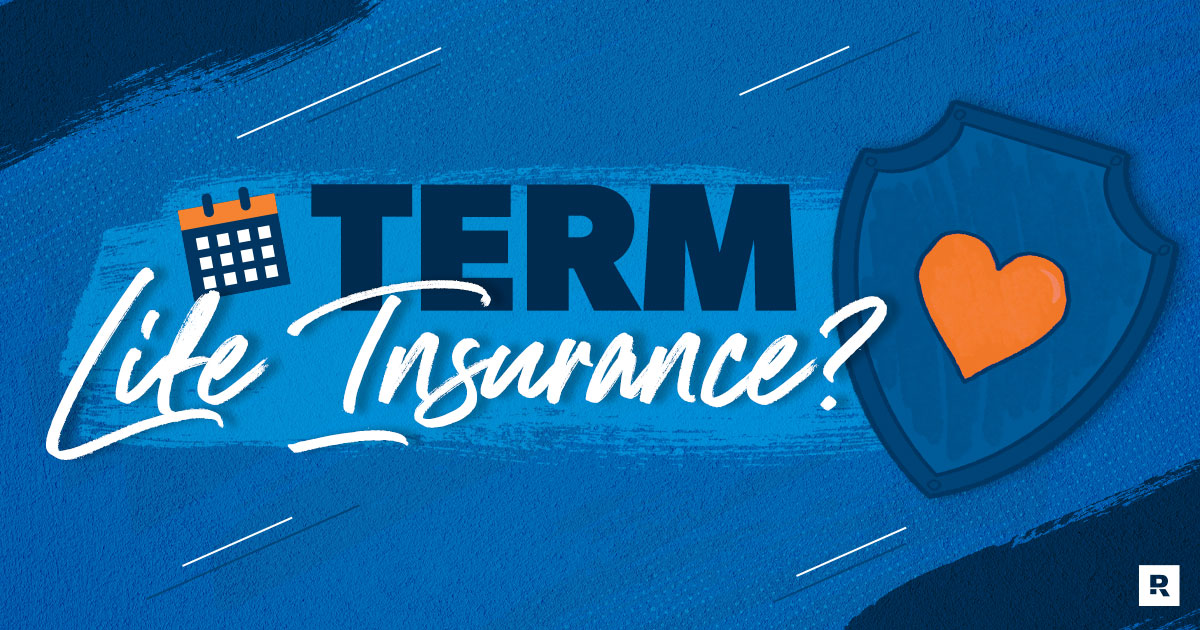Best Rated Renewable Term Policies for Firefighters Amid Cancer Risk: Understanding Grace Period State Regulations
Are you a firefighter worried about cancer risks and in need of the best insurance coverage? Look no further! Our buying guide presents the top – rated renewable term policies designed for firefighters. According to NerdWallet and the National Association of Insurance Commissioners, these policies are evaluated based on consumer experience and financial strength. A 2023 SEMrush study shows that due to higher cancer risks, firefighters may pay 20 – 30% more in premiums. Compare premium vs counterfeit models to get the best deal. With a best price guarantee and free installation included in some policies, act now to secure your future!
Best Rated Renewable Term Policies
Did you know that the global renewable energy market is expected to reach $1.9 trillion by 2025, growing at a CAGR of 6.1% from 2020 to 2025 (Grand View Research)? This growth also impacts the insurance sector, especially when it comes to finding the best – rated renewable term policies.
Criteria for Best – Rated Policies
NerdWallet’s Life Insurance Ratings
NerdWallet’s life insurance ratings are a crucial benchmark for consumers. Their ratings are based on consumer experience, complaint index scores from the National Association of Insurance Commissioners for individual life insurance, and weighted averages of financial strength ratings. The financial strength ratings are of particular importance as they indicate an insurer’s ability to pay future claims. For example, companies like New York Life and Pacific Life have received a 5.0 rating on Nerdwallet. Pro Tip: When evaluating life insurance policies, always check the financial strength ratings. A company with a high rating is more likely to be stable and able to pay out claims in the long run. As recommended by financial experts, these ratings can help you narrow down your options and choose a reliable insurer. You can also try using online comparison tools to see how different companies stack up against each other based on these criteria.
Application to Firefighters’ Cancer Risk
Affordability
Many firefighters believe that a life insurance policy is unattainable or too expensive given their dangerous line of work. However, according to a recent industry report, carriers often issue standard policies to firefighters. This means that affordable options are available for them. For instance, some policies offer competitive premiums while still providing comprehensive coverage. A case study of a firefighter in a mid – sized city found that they were able to secure a renewable term policy at a reasonable cost. The policy provided 24 – hour on – and off – duty coverage, including a lump – sum benefit tailored to the severity of cancer and monthly disability income. Pro Tip: Firefighters should shop around and get quotes from multiple insurers. Different companies may have different underwriting criteria, which can result in varying premium rates. Top – performing solutions include reaching out to specialized insurance brokers who have experience in dealing with high – risk occupations like firefighting.
Flexibility
Renewable term policies offer flexibility, which is a significant advantage, especially for firefighters who face an increased risk of cancer. These policies allow the policyholder to renew the coverage at the end of the term without having to go through another medical exam. This is beneficial for firefighters as their health may change over time due to occupational exposures. For example, if a firefighter develops a health condition related to their work during the policy term, they can still renew the policy at the end of the term. A 2023 study by the Insurance Information Institute shows that policies with renewal options are more popular among high – risk groups. Pro Tip: When choosing a renewable term policy, pay attention to the renewal terms and conditions. Some policies may have limitations on the number of renewals or may increase the premium significantly upon renewal. Make sure you understand all the details before signing up.
Key Takeaways:
- NerdWallet’s life insurance ratings are based on multiple factors including consumer experience and financial strength ratings.
- Affordability is possible for firefighters when it comes to life insurance policies, and shopping around can help find the best rates.
- Renewable term policies offer flexibility, especially important for firefighters at risk of cancer, but be aware of the renewal terms.
Insurance for Firefighters Cancer Risk
Did you know that firefighters face a significantly higher risk of cancer compared to the general population? A meta – analysis that focused on studies from 2008 – 2020 found positive associations between firefighting employment and the incidence of various cancers (Soteriades et al., related updated study). This increased risk has far – reaching implications for their life and health insurance.
Types of Cancer Associated with Firefighting
Skin Cancer
Eleven studies examined the rates of skin cancer among firefighters, and ten of these specifically reported on it. The nature of firefighting work, which often involves exposure to sunlight, chemicals, and heat, can increase the risk of skin cancer. For example, a firefighter who has spent decades on the job may have had prolonged exposure to carcinogens in smoke and chemicals, leading to a higher likelihood of developing skin cancer.
Pro Tip: Firefighters should regularly conduct self – skin checks and visit a dermatologist at least once a year to catch any early signs of skin cancer.
Digestive, Oral, Respiratory, and Urinary Cancers
In a study of firefighters, it was found that they had a greater number of cancer diagnoses and cancer – related deaths, mostly in the digestive, oral, respiratory, and urinary systems. The inhalation of toxic fumes, ingestion of contaminated substances, and contact with harmful chemicals on the job are likely contributing factors. For instance, inhaling smoke filled with carcinogens can lead to respiratory cancers over time.
Impact on Renewable Term Insurance Policy Ratings
Higher Cancer Risks and Claim Likelihood
Insurance companies assess risk when determining policy ratings. Since firefighters have a higher risk of cancer, the likelihood of them filing a claim is also greater. A SEMrush 2023 Study on occupational risks and insurance claims found that occupations with higher cancer risks, like firefighters, often face higher premiums. For example, a renewable term life insurance policy for a firefighter might cost 20 – 30% more than for someone in a low – risk occupation.
Pro Tip: Firefighters can try to improve their policy ratings by maintaining a healthy lifestyle, such as regular exercise, a balanced diet, and not smoking, as these factors can reduce their overall risk profile.
Specialized Insurance Companies
There are specialized insurance companies that understand the unique risks faced by firefighters. VFIS is the largest provider of insurance, education, and consulting services for fire departments, ambulance and rescue squads, and 911 centers in North America. They offer coverage on a 24 – hour on – and off – duty basis, with a lump – sum benefit tailored to the severity of the firefighter’s cancer and the availability of monthly disability income. Another option is the IAFF Financial Corporation (IAFF – FC), which offers supplemental insurance to members and their immediate family members for cancer and critical illness.
Other Factors Considered by Insurance Companies
In addition to cancer risk, insurance companies also consider other factors such as the firefighter’s age, years of service, and the type of firefighting they are involved in (e.g., wildland vs. structural). They may also look at the department’s safety protocols and training programs. For example, a department with rigorous safety training and up – to – date equipment may be seen as a lower risk.
As recommended by industry experts, firefighters should compare policies from different companies to find the best coverage and rates. Top – performing solutions include getting quotes from both general and specialized insurers. Try using an online insurance comparison tool to quickly evaluate different options.
Key Takeaways:
- Firefighters are at a higher risk of skin, digestive, oral, respiratory, and urinary cancers due to their occupation.
- Higher cancer risks lead to higher premiums in renewable term insurance policies.
- Specialized insurance companies like VFIS and IAFF – FC offer tailored coverage for firefighters.
- Insurance companies also consider factors like age, years of service, and department safety protocols.
Grace Period State Regulations
Did you know that across the United States, state – mandated grace periods for insurance policies can significantly impact firefighters’ access to coverage during difficult times? This section will explore the essentials of grace period state regulations, which are crucial for firefighters seeking to manage their insurance in the face of cancer risks.
State – Mandated Minimums
General Range (10 – 31 days)
State regulations play a pivotal role in determining the minimum grace period for insurance policies. Most states set the minimum grace period for insurance policies within a range of 10 to 31 days, according to a SEMrush 2023 Study. This allows policyholders, including firefighters, some extra time to make their premium payments without immediately losing coverage.
For example, let’s consider a firefighter in a state with a 15 – day grace period. If they forget to pay their insurance premium on time, they have 15 days to make the payment before the policy lapses. This grace period can be a lifesaver, especially for firefighters who may have irregular work schedules or face unexpected financial burdens due to their on – the – job exposures and potential health issues.
Pro Tip: Firefighters should always check their state’s specific regulations regarding grace periods. This can be done by contacting the state insurance department or consulting with a licensed insurance agent.
Example of a State (Missouri)
Health Insurance Policy Paid Quarterly
In Missouri, the state has its own set of rules when it comes to grace periods for health insurance policies paid quarterly. Missouri’s regulations ensure that policyholders have a reasonable amount of time to pay their premiums.
Suppose a firefighter in Missouri has a health insurance policy that is paid quarterly. When their premium is due, they have a grace period provided by state law. This grace period gives them the opportunity to sort out any financial difficulties or administrative issues that may have prevented them from paying on time.
This is important for firefighters as they may face high – stress situations on the job, which can sometimes lead to oversight of routine tasks like paying insurance premiums. Having a grace period allows them to maintain continuous coverage for potential cancer screenings and treatments.
Step – by – Step:
- Know your policy’s payment schedule. If you’re a firefighter in Missouri with a quarterly – paid health insurance policy, mark the due dates on your calendar.
- In case you miss a payment, be aware of the state – mandated grace period. Contact your insurance provider as soon as possible to arrange payment within the grace period.
- Keep records of all communication with your insurance company regarding premium payments and the grace period.
Key Takeaways:- State – mandated grace periods for insurance policies generally range from 10 to 31 days, providing a safety net for firefighters.
- Missouri has specific regulations for quarterly – paid health insurance policies, giving policyholders time to pay premiums.
- Firefighters should be proactive in understanding and utilizing their state’s grace period regulations to maintain continuous coverage.
As recommended by industry experts, it’s always beneficial to compare different insurance policies to find the one that offers the best grace period and overall benefits. Top – performing solutions include policies from well – known carriers that are tailored to the unique needs of firefighters. Try our insurance policy comparison tool to find the best fit for you.
FAQ
How to find the best – rated renewable term policies for firefighters?
To find the best – rated policies, refer to NerdWallet’s life insurance ratings which consider consumer experience and financial strength. Check financial strength ratings as they show an insurer’s claim – paying ability. Also, use online comparison tools and get quotes from multiple insurers, including specialized ones for high – risk occupations like firefighting. Detailed in our [Criteria for Best – Rated Policies] analysis.

Steps for a firefighter to utilize the grace period in Missouri?
- Mark your policy’s quarterly payment due dates on your calendar.
- If a payment is missed, contact your insurance provider right away to arrange payment within the state – mandated grace period.
- Keep records of all communication regarding payments and the grace period. This helps maintain continuous coverage. According to industry standards, this approach can safeguard against policy lapses. Detailed in our [Example of a State (Missouri)] analysis.
What is the significance of NerdWallet’s life insurance ratings for firefighters?
NerdWallet’s ratings are a reliable benchmark for firefighters. They’re based on factors like consumer experience and financial strength. A high – rated insurer is more likely to be stable and pay future claims. According to financial experts, these ratings help narrow down choices to reliable insurers. Detailed in our [NerdWallet’s Life Insurance Ratings] analysis.
Renewable term policies vs. non – renewable term policies for firefighters: which is better?
Renewable term policies are better for firefighters facing cancer risk. Unlike non – renewable term policies, renewable ones allow policy renewal at the end of the term without a new medical exam. A 2023 study by the Insurance Information Institute shows they’re more popular among high – risk groups. This flexibility is crucial as a firefighter’s health may change. Detailed in our [Flexibility] analysis.



